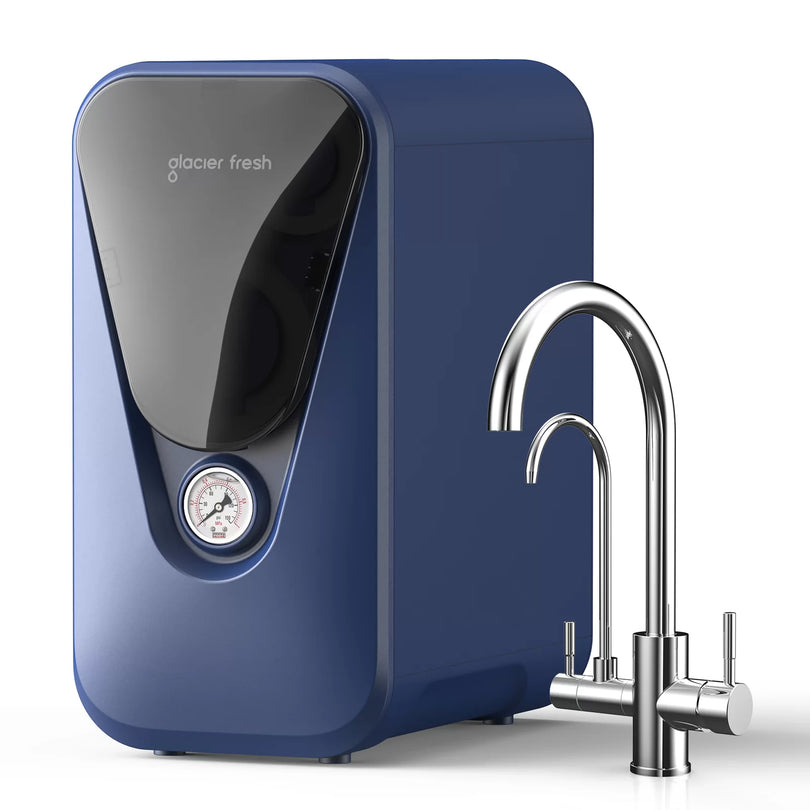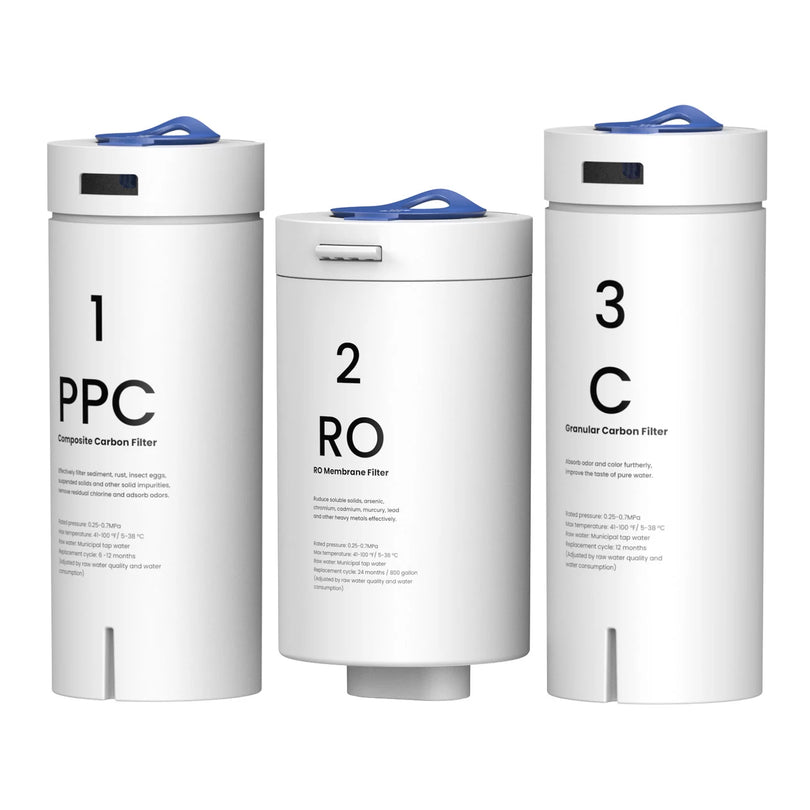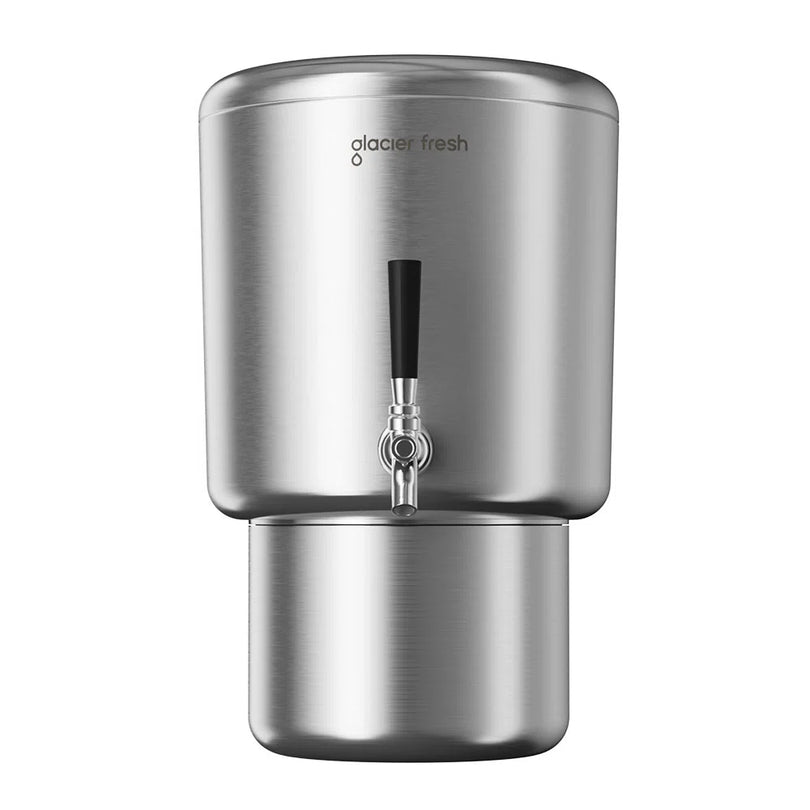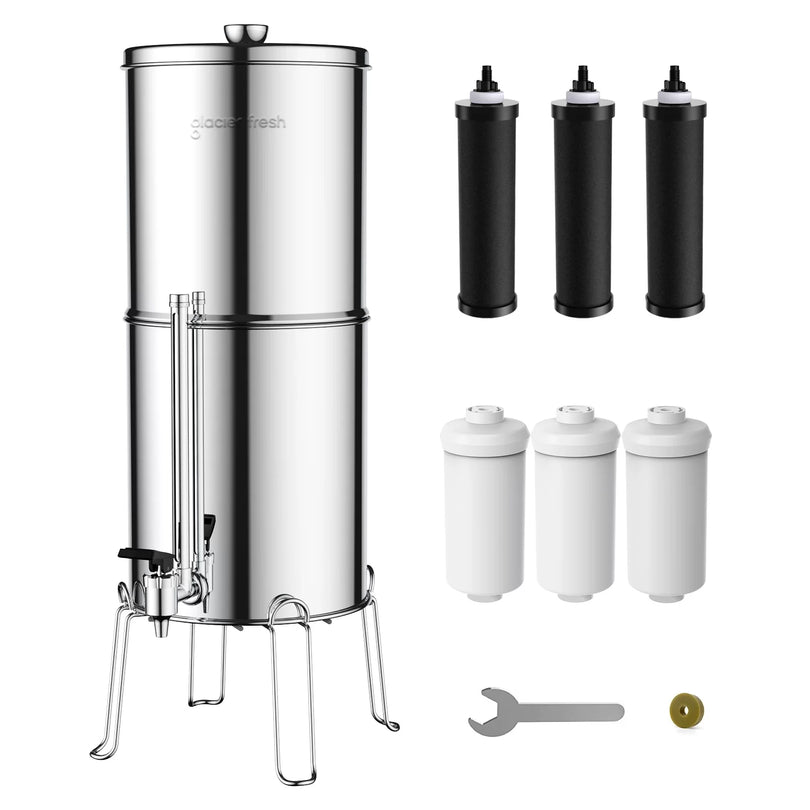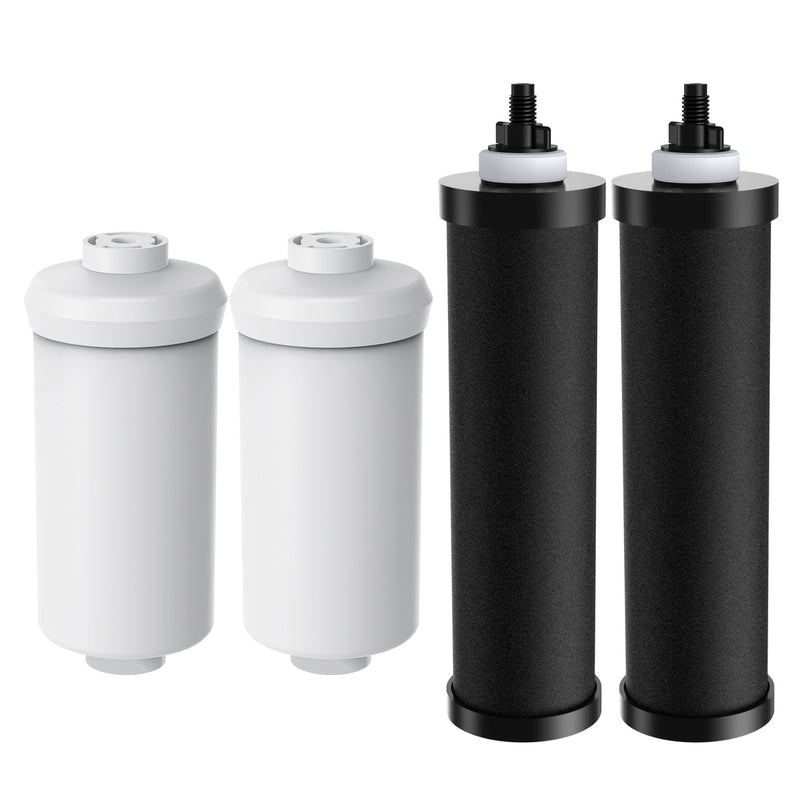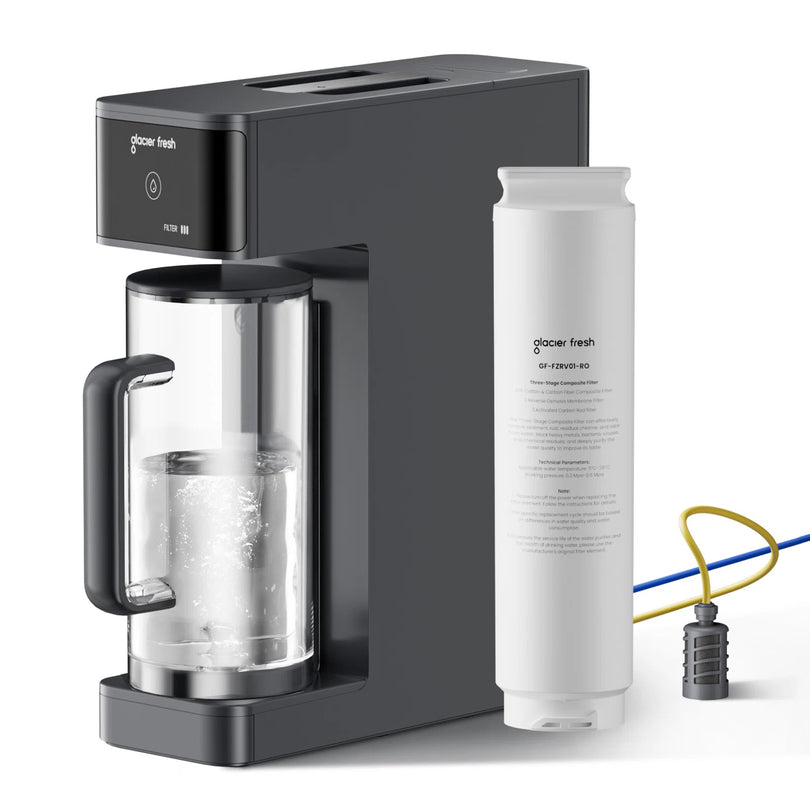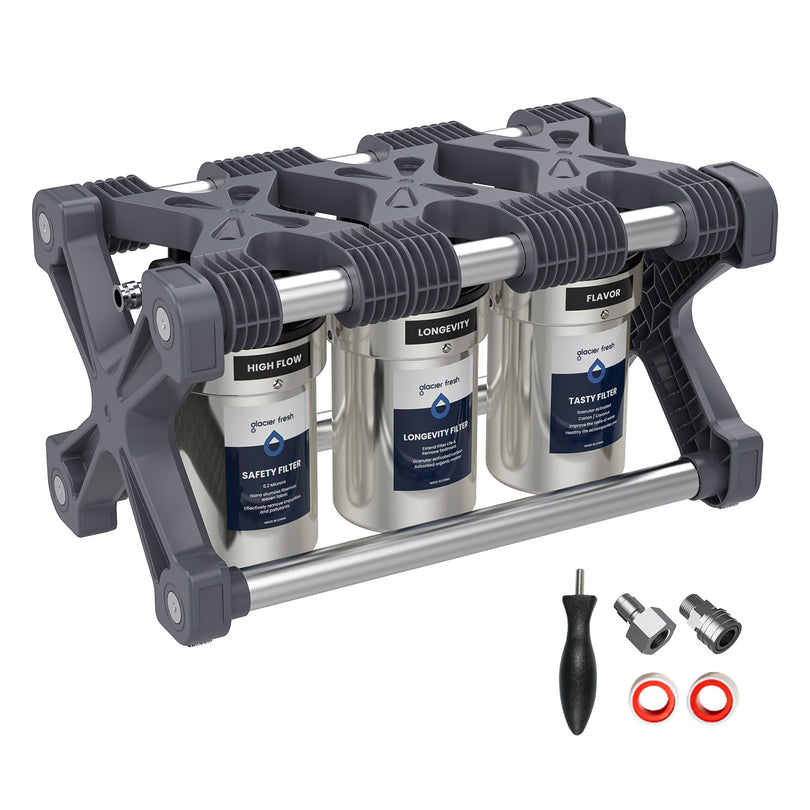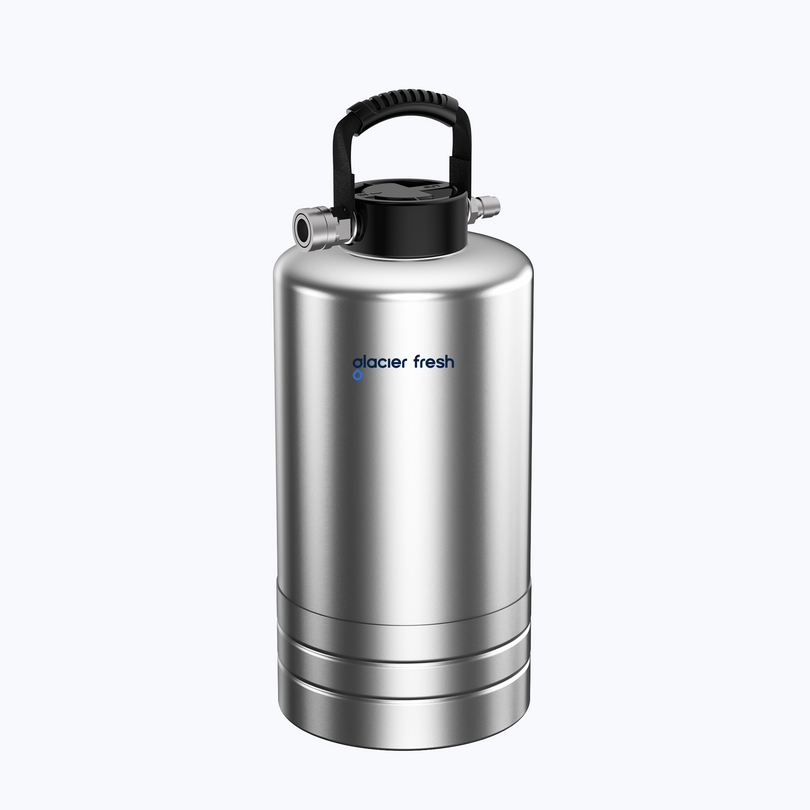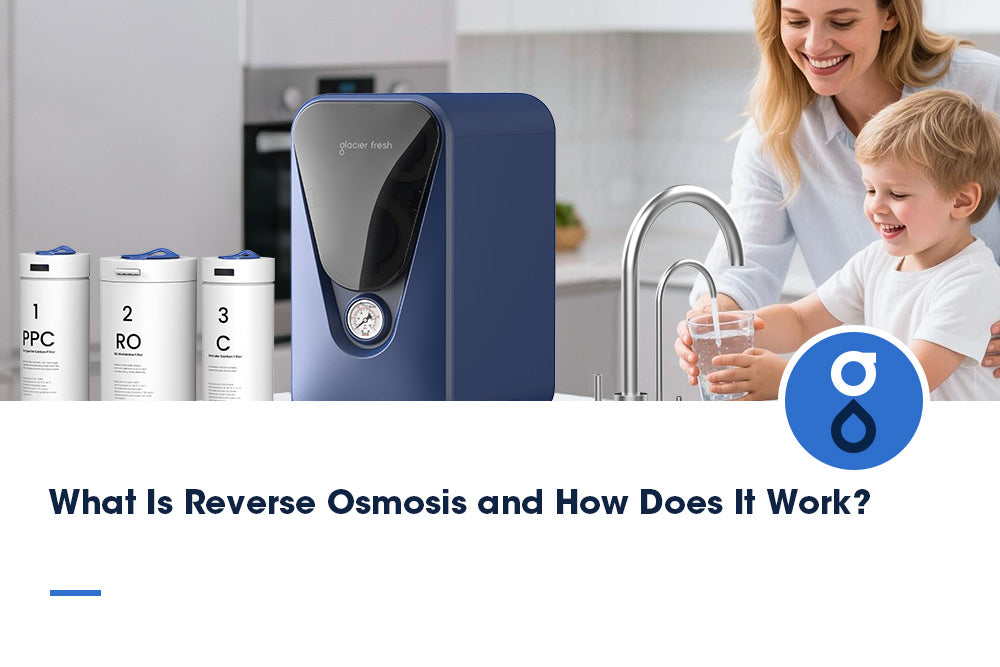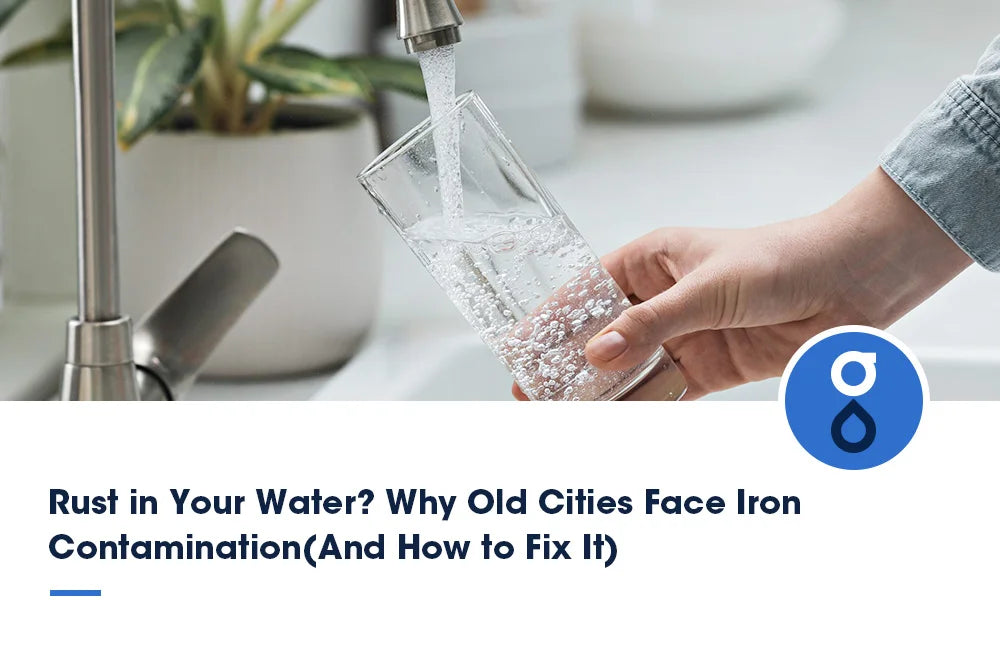Table of Contents:
What Is Reverse Osmosis?
How Does Reverse Osmosis Work?
What Types of Contaminants Does RO Remove?
Why Is RO Considered Effective for Water Purification?
What Are the Advantages of Drinking RO Water?
How Do You Maintain Your RO System for Best Performance?
Final Thoughts
We all deserve access to clean drinking water, but not everyone can get it from the tap. Even when the water looks clean, tap water can contain a variety of contaminants. This is where the Reverse Osmosis (RO) system comes in handy. By filtering out several unwanted substances from water, these systems purify the water and make it safer to drink, along with improving its taste. This guide will introduce you to everything you need to know about RO systems simply and understandably, whether you are just learning about RO systems for the first time or planning to install one at home.
What Is Reverse Osmosis?

Reverse osmosis is a method of water filtration that removes contaminants by pushing water through a special filter media, a semi-permeable membrane. The holes in this membrane are so small that only water molecules can pass through. Larger particles, including dirt, bacteria, salts, and toxic substances, are filtered out and are excreted.
This method is called reverse osmosis because it is the opposite of how osmosis happens in nature. In this approach, rather than water flowing naturally from cleaner to dirtier regions, pressure pushes the water from a more polluted side through a filter into a less polluted side.
RO systems are used in homes, restaurants, hospitals, etc., all over the world. The majority of families prefer to install a RO water filter under the kitchen sink to have fresh, filtered water at the tap without using bottled water.
How Does Reverse Osmosis Work?
To learn how Reverse Osmosis works, let us consider the basic flow of water through a simple RO unit. Such systems typically follow a number of key steps:
Step 1: Pre-Filtration
The incoming water passes through a sediment filter first, removing larger particles such as sand, rust, and dirt. This ensures the RO membrane in the next step does not get damaged.
Step 2: Carbon Filtration
The water is then passed through an activated carbon filter, which eliminates chlorine, unpleasant flavors, and odors. Many municipal water suppliers use chlorine to disinfect their water before piping it into homes. This is not compatible with an RO system and needs to be removed to avoid damage to the RO membrane.
Step 3: RO Membrane
The RO membrane is the core of the system now. This is where true filtration takes place. Water is forced through the membrane at high pressures, while the membrane eliminates most of the dissolved solids, heavy metals, and toxic substances.
Step 4: Post-Filtration (Optional)
If you want to go the extra mile, some systems even have a final carbon filter that works to help eliminate even more odors and tastes before they end up in your glass.
Newer systems, such as tankless reverse osmosis systems, do not have a storage tank. This saves space and minimizes the potential for bacterial growth in stored water. Often, these systems have higher flow rates and more efficiency.
What Types of Contaminants Does RO Remove?

A primary advantage of RO systems is their ability to remove many types of contaminants from your drinking water. Below are some of the more common ones:
-
Heavy Metals: Such as lead, mercury, and arsenic. These are harmful to health if exposed over a long duration, particularly in children.
-
Chlorine and Chloramine: Used as disinfectants in tap water, but tend to affect taste (especially over long periods of time) destructively and can affect your health in the long run.
-
Fluoride: Fluoride is commonly found in municipal water, but some health-conscious consumers are wary of drinking it, making RO the ideal choice as it is capable of removing it.
-
Pesticides and Herbicides: Runoff from agriculture can end up in your water supply.
-
Nitrates and Sulfates: Often found in well water and farming areas.
-
Microorganisms: While not all RO membranes are effective against bacteria and viruses, the more advanced systems have UV filters or secondary barriers for further reassurance.
-
Pharmaceuticals: Residues of medicines ending up in water systems can sometimes end up in tap water, and RO can filter many of them out.
So, with an RO water filter for the home, you are saving your family from an entire list of contaminants far and wide.
Why Is RO Considered Effective for Water Purification?
Reverse Osmosis (RO) is one of the most effective and comprehensive methods of water purification. Here’s why it stands out:
-
Removes Up to 99% of Contaminants: Both visible and invisible impurities are included in this. This kind of effectiveness hardly comes close to any filtration method.
-
No Chemicals Required: It uses physical filtration, not added chemicals, so that it is a clean and safe purification process.
-
Improves Taste and Odor: After installing an RO system, a lot of people observe that their drinking water is significantly fresher.
-
Low Maintenance and Long-Lasting: Filter changes are only required one or two times a year for most systems.
-
Customizable: There can be more filters added in many systems that you can take into consideration, such as UV sterilization, remineralization, or alkalization.
One significant advantage of a tankless RO system is the fact that you get a smaller design, more rapid water flow, and less wasted water relative to older designs.
What Are the Advantages of Drinking RO Water?
Reverse osmosis-filtered drinking water offers several health and practical advantages:
-
Healthier Water: RO eliminates destructive substances that could result in a health risk over time.
-
Better Hydration: The water is pure and doesn't smell or taste strange, resulting in more water intake.
-
Safe Cooking: By using RO water for cooking, you ensure that you do not put additional impurities in your food.
-
Cost Savings: Using an RO water filter reduces the expense considerably as compared to bottled water, which can be costly in the long run.
-
Eco-Friendly: Installing an RO system for your home can reduce your consumption of plastic bottles, which helps lessen your carbon footprint.
-
Convenience: Say goodbye to shopping for huge bottles of water or waiting for delivery services.
Installing a reverse osmosis water filter for your home is not just a wise investment financially, but also for your health if you are looking for a permanent water solution.
How Do You Maintain Your RO System for Best Performance?
Changing the filters regularly is the first step to maintaining your Reverse Osmosis system. Usually, the pre-filters and carbon filters will require a change in about 6–12 months of usage, while the RO membrane will take about 2–3 years to be replaced. Changing your filters regularly is what you can do to ensure the quality of your water and the preservation of your system.
It is also important to clean the system once a year. This involves cleaning the interior and flushing out any debris that can impact taste or performance. For systems that have a tank, it should be cleaned in whichever way possible, as stagnant water creates a perfect environment for bacteria.
You should also check for leakage or old O-rings. Most newer systems, such as a tankless RO system, have filter change signals that can eliminate guesswork when it needs maintenance.
Final Thoughts
Reverse Osmosis is the safe, time-tested, and effective method to get pure water in your home. Well, RO systems have clear advantages, such as removing harmful substances, enhancing taste, and saving money. Be it the compact RO water filter, the modern tankless RO system, or the full-featured RO water filter for home, ensuring clean drinking water and a healthy family is what matters the most. With reliable brands, like Glacier Fresh, and easy installation and maintenance, you can be confident every time you open the tap.
Related Reading:
RPWF VS RPWFE water filter: What’s the difference?
Is Reverse Osmosis (RO) Water Safe and Healthy to Drink?
Is It Safe to Use a Reverse Osmosis System for Drinking Well Water?


